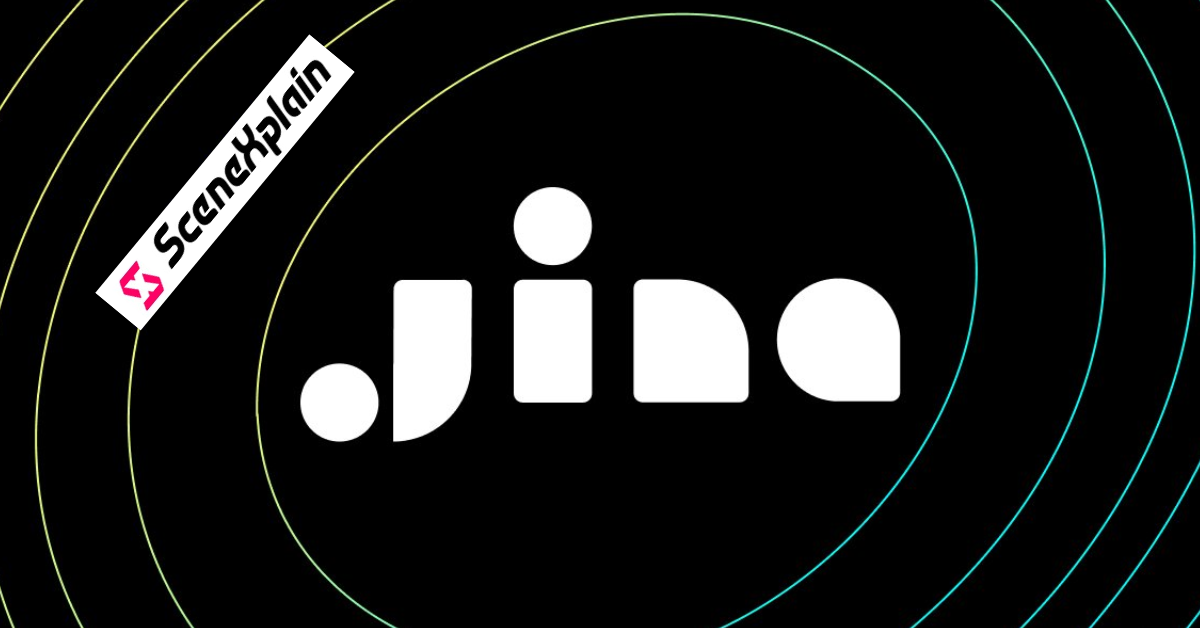In the current digital age, the boundary between visuals and their stories is becoming less distinct. From image-to-text and image-to-audio transitions, SceneXplain has ventured into the domain of video-to-text with their latest, the Inception algorithm.
SceneXplain was built on Jina.AI – a platform that has rapidly become a leading name in multimodal AI technology.
Jina.AI was founded in 2020. Just 20 months after its inception it raised $37.5M and have been embraced by over 40,000 developers globally.
—
SceneXplain and The potency of video storytelling
Videos possess a dynamic mix of images and sequences, capturing narratives richer than static images. However, tapping into these tales remains complex. SceneXplain, harnessing advanced multimodal AI, moves beyond superficial descriptions. The platform delves into videos, uncovering and narrating the hidden stories within. The approach goes beyond mere captions; they strive for a deep contextual grasp, ensuring narratives are portrayed comprehensively.
Video content: The new digital staple
In this digital era, visual content has exploded, particularly videos. From brief social media clips to lengthy webinars, videos dominate the digital space. This surge represents a significant shift in information dissemination and consumption, but also introduces challenges due to content volume and swift consumption.
Each uploaded video is essentially an information reservoir. But how do search engines comprehend them? Videos aren’t easily parsed or indexed like text. This positions video-to-text conversion from a luxury to a must-have. Turning videos into text enables search engines to index, categorise, and prioritise them, making content both accessible and discoverable.
Catering to modern consumption habits
Today’s users often skim content. A 30-minute video may be too lengthy, but a text summary can be skimmed rapidly. Video comprehension serves this audience, ensuring quick content consumption.
The modern web emphasises inclusivity. While videos cater to many, they may exclude those with visual or auditory impairments. Converting videos to text ensures universal accessibility.
Every minute, platforms like YouTube receive 500 hours of video uploads. In this vast content ocean, discerning value becomes challenging. Video comprehension aids in curating and recommending, directing users to relevant content.
In-depth: The Inception algorithm
SceneXplain’s Inception algorithm offers more than mere visual comprehension. It delves deep into every video frame, picking up nuanced details and artfully crafting them into narratives. Moreover, it remains current and contextual, always aligning with what’s topical and relevant.
Every technology has its constraints. SceneXplain acknowledges the known limitations of the Inception algorithm. Challenges include detecting keyframes in videos with rapid scene transitions or unique artistic styles. The algorithm might also misinterpret abstract frames or give undue prominence to minor video elements.
Despite these challenges, SceneXplain is committed to continual improvement, transparency, and ethical AI development.
Conclusion: Embracing the future
Video comprehension is rapidly evolving, and SceneXplain’s Inception is at its forefront. But the true strength of Inception is best realised when experienced. SceneXplain invites users to explore the Inception algorithm, to understand its power and potential. With Inception, users are not just observers but participants in the evolving narrative.
—
Are you looking to build new revolutionary products? In that case, you need the right team behind you. We can help with that – speak to a PL Talents recruitment expert today.

